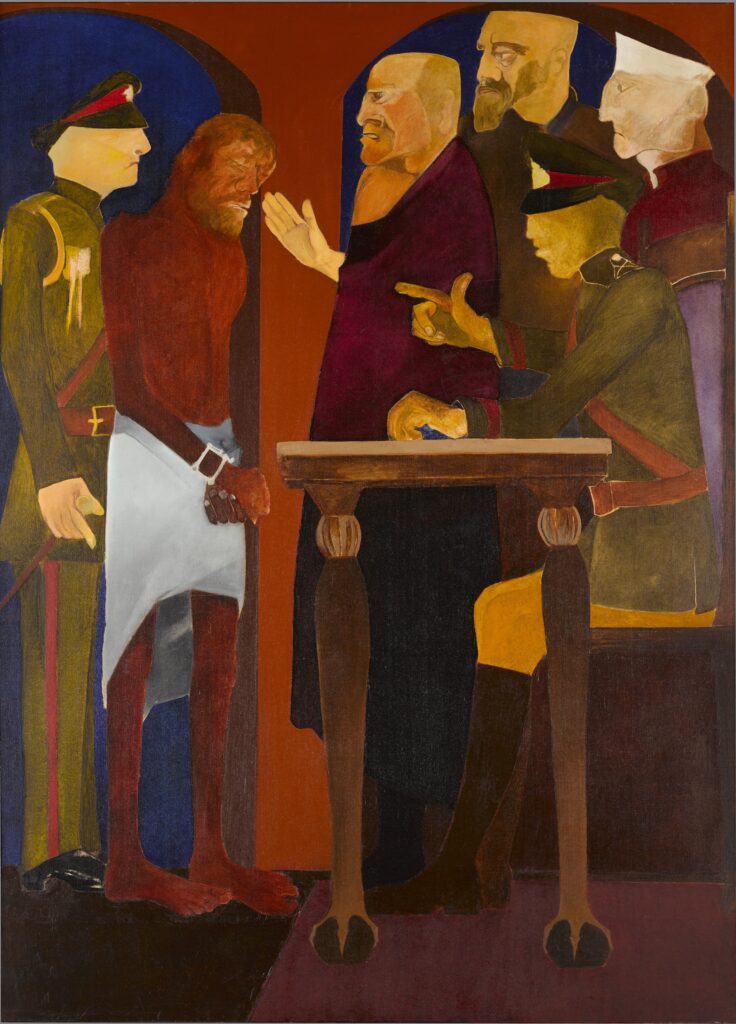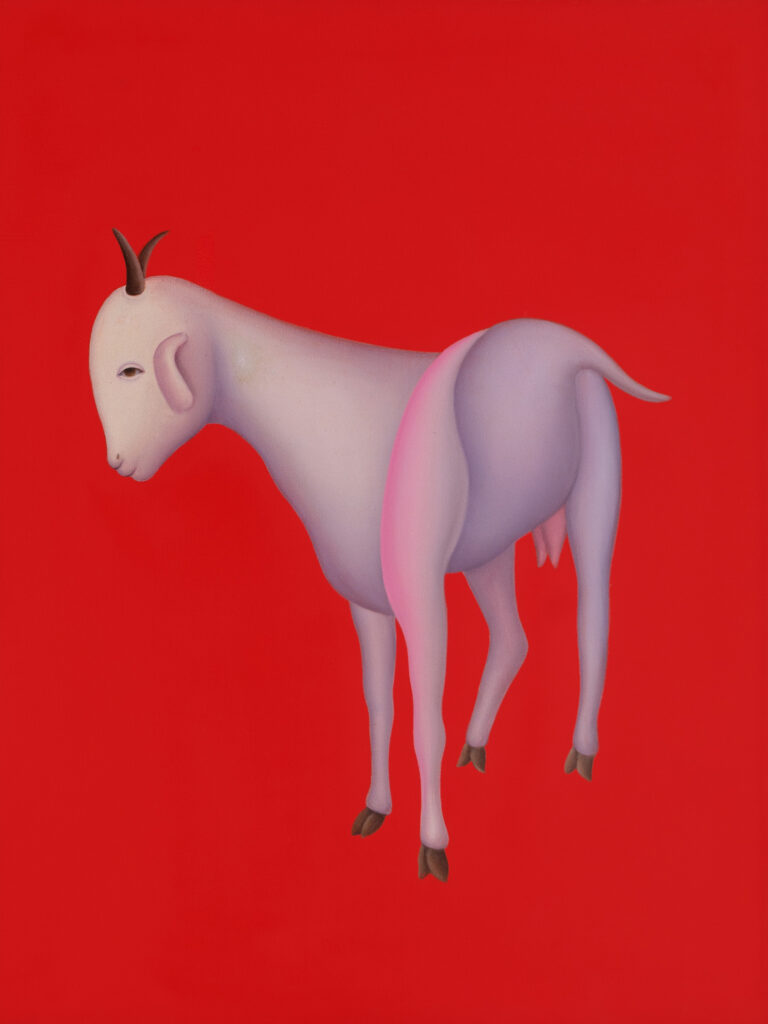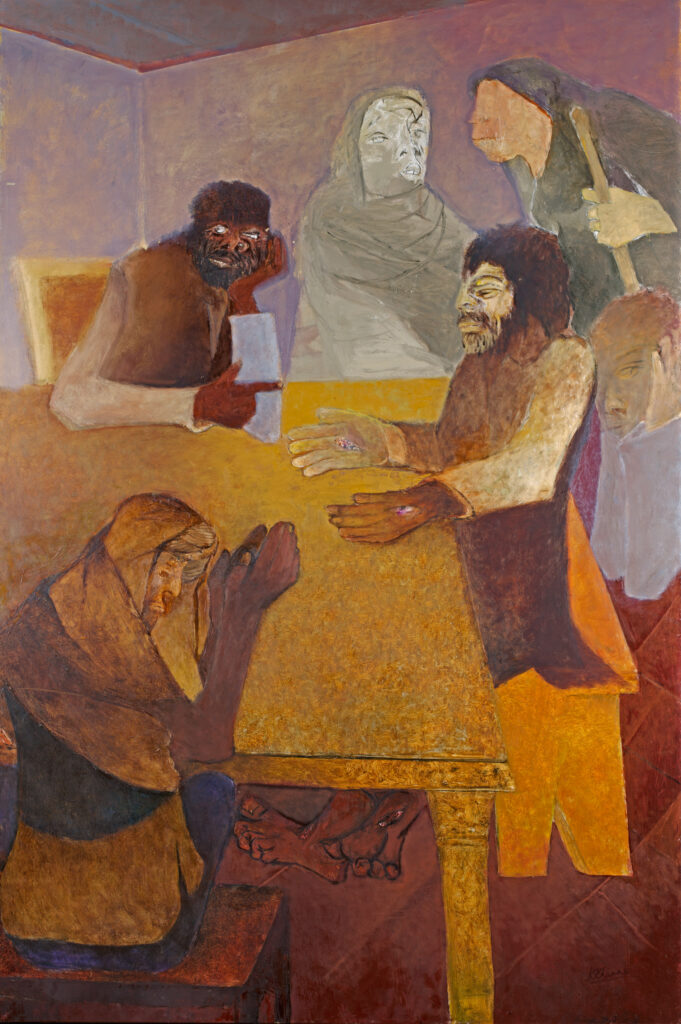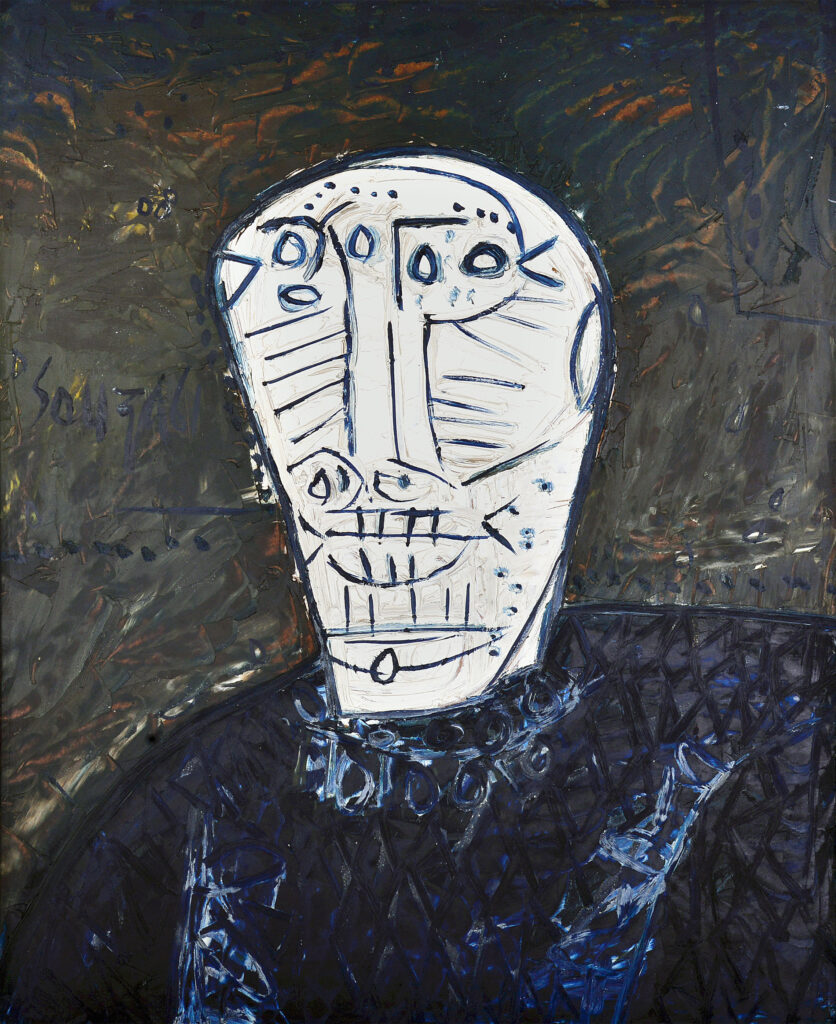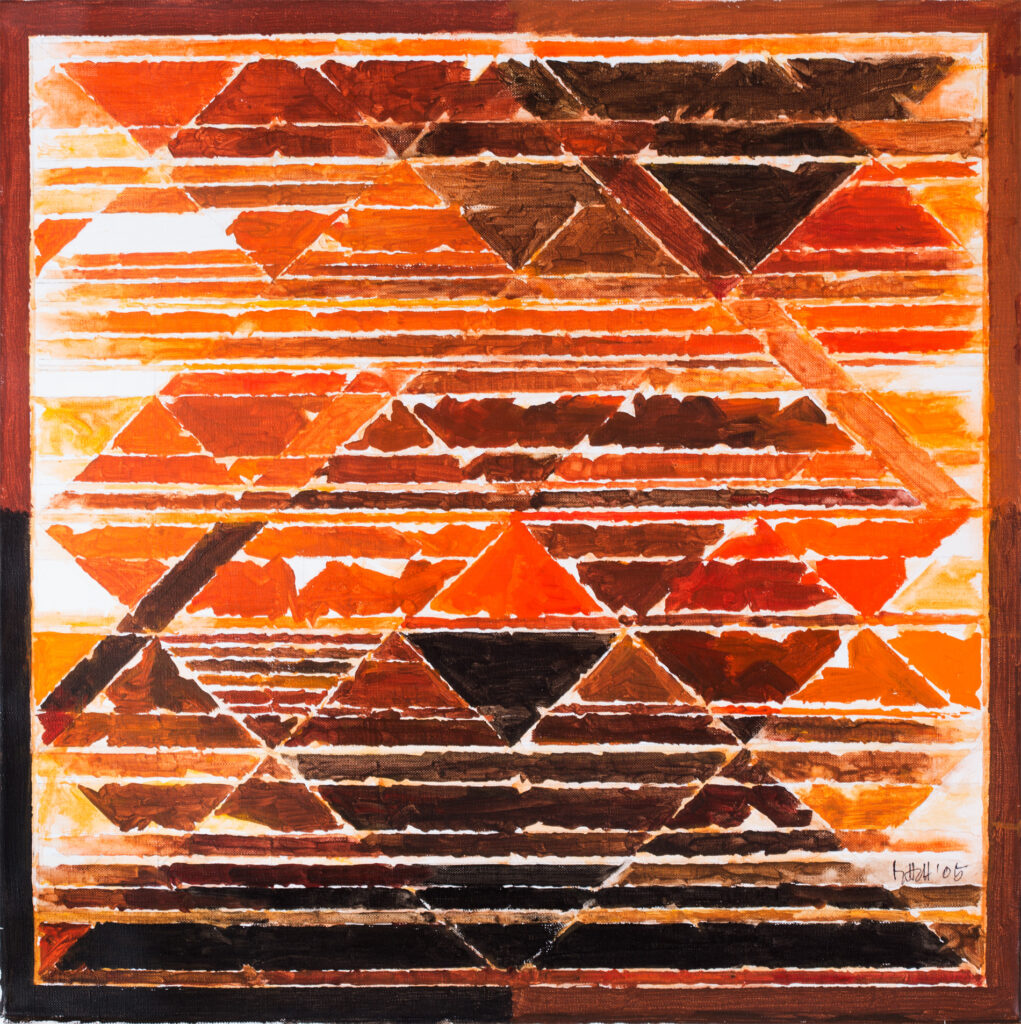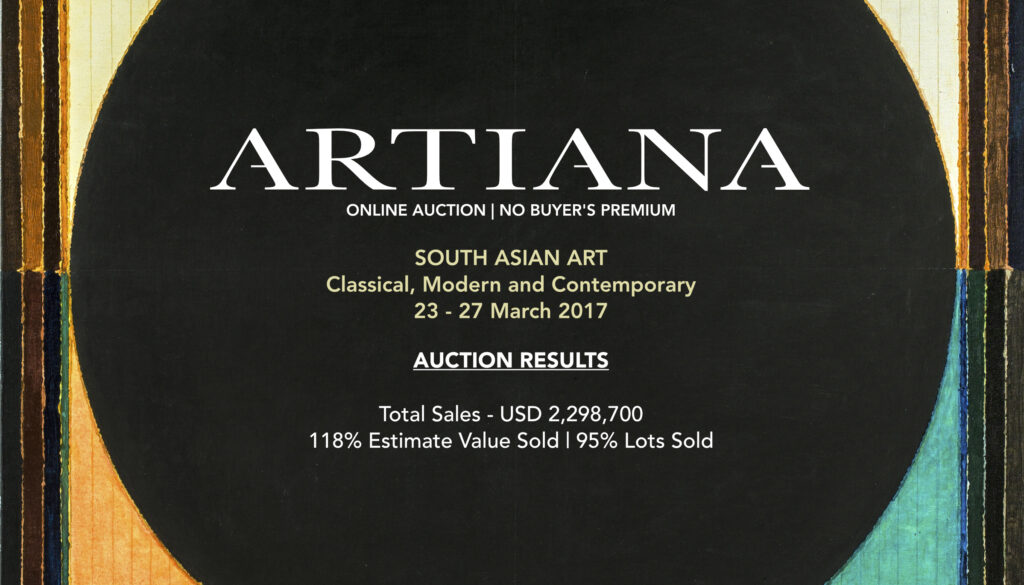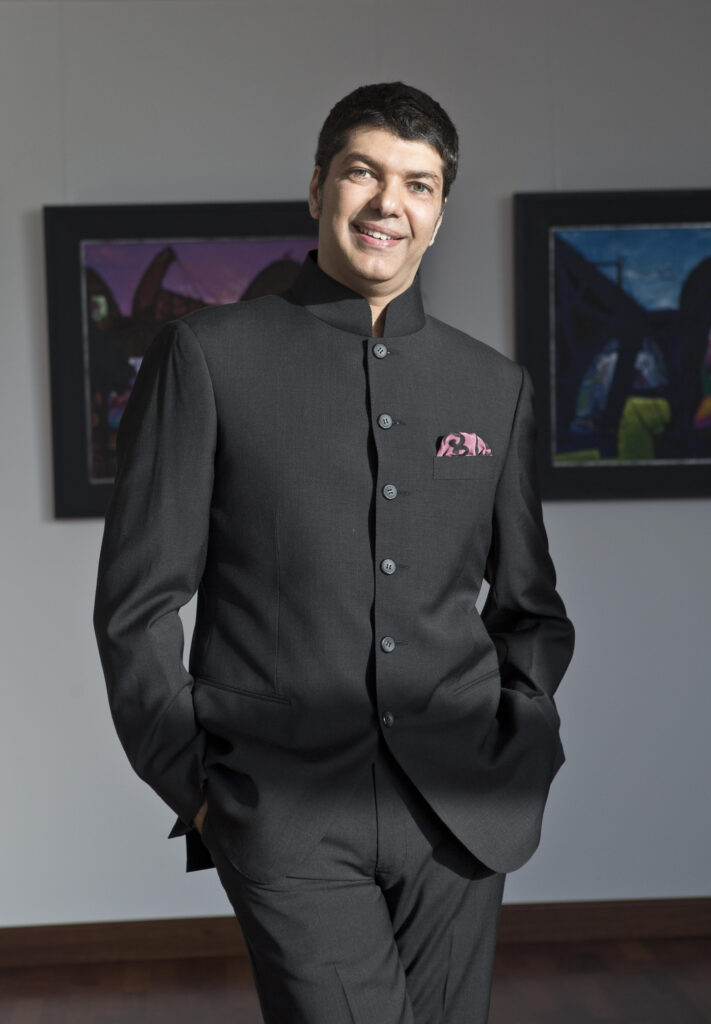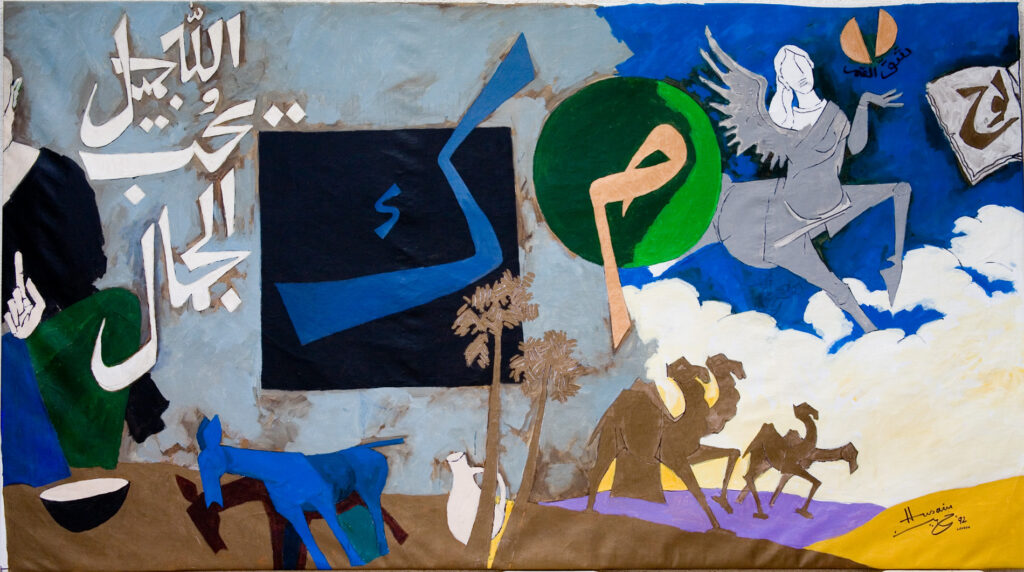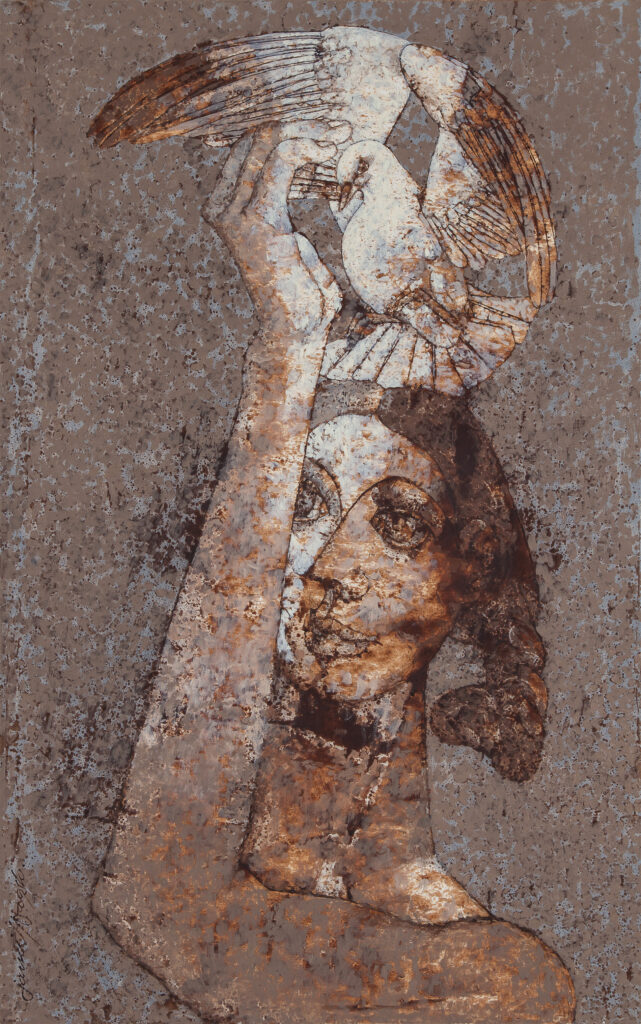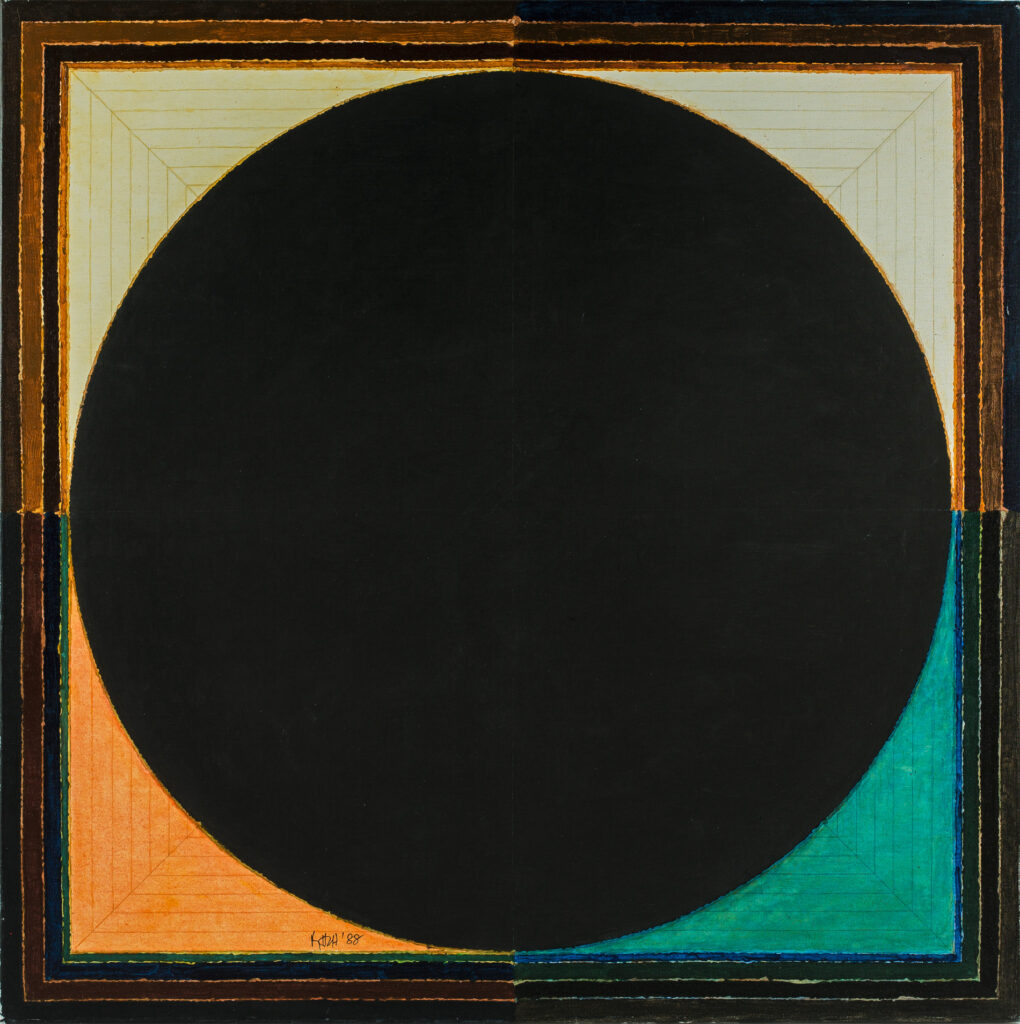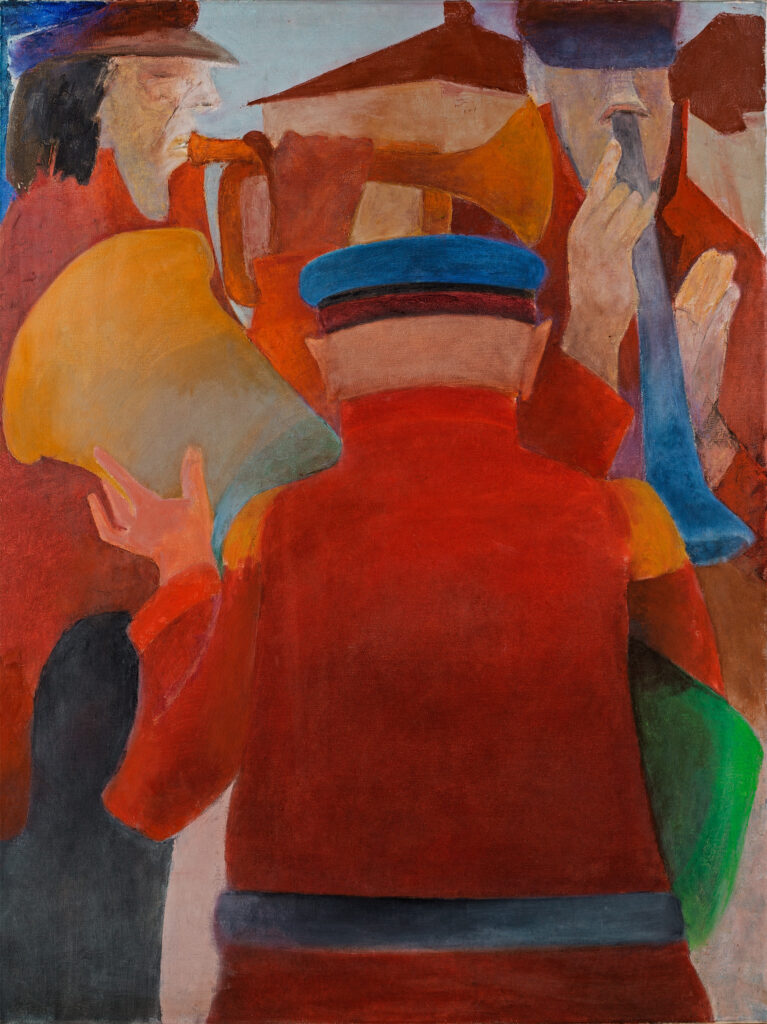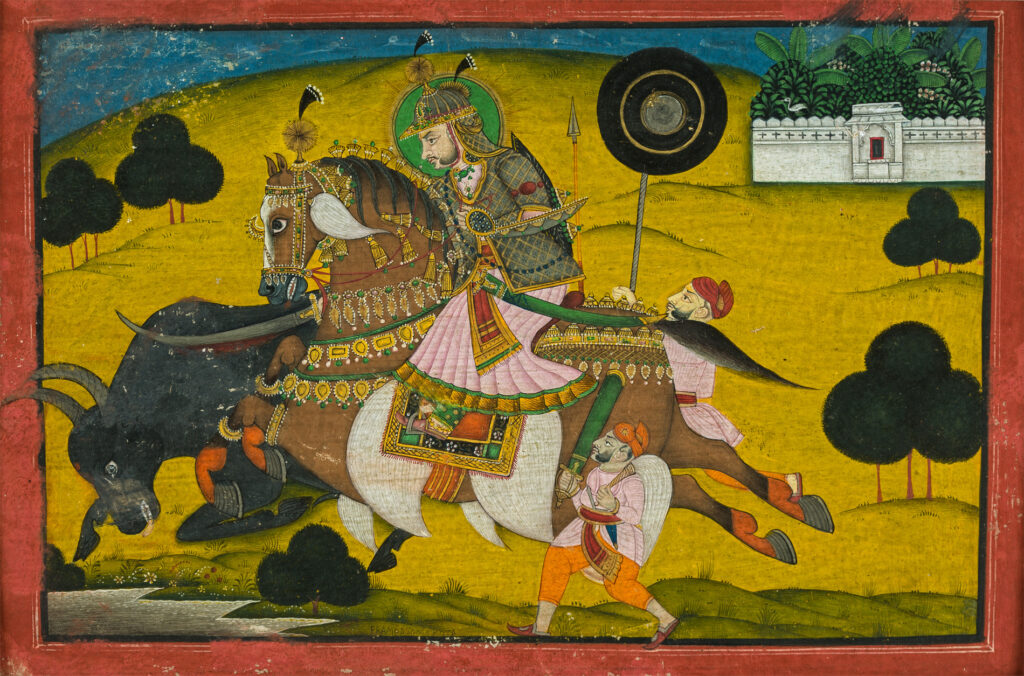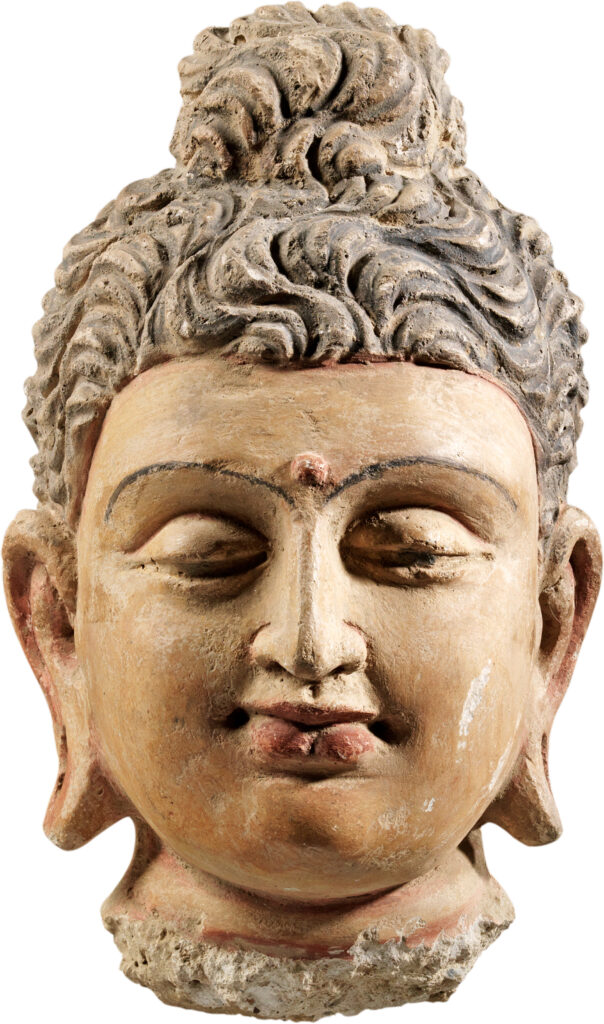Published: May 8, 2018 (Widewalls), by Angie Kordic
 For four days this May, between the 10th and the 14th to be precise, there will be yet another splendid auction of South Asian Art hosted by the ARTIANA auction house from Dubai. A total of 60 lots will be featured in this online sale, including classical, modern and contemporary paintings and sculptures from the Indian subcontinent.
For four days this May, between the 10th and the 14th to be precise, there will be yet another splendid auction of South Asian Art hosted by the ARTIANA auction house from Dubai. A total of 60 lots will be featured in this online sale, including classical, modern and contemporary paintings and sculptures from the Indian subcontinent.
Among the highlights, we have an impressive bronze figure of Vishnu, a collection of 20 Company Paintings, a seminal 1989 painting by M.F. Husain, Trinity of Mother Teresa and Krishen Khanna’s marvelous Thou Sayest So from 1980.
Let us also not forget the leading figures of South Asian contemporary art, such as S.H. Raza, Bhupen Khakhar, F.N. Souza, Jamil Naqsh, Jogen Chowdhury… And who better to discuss this exciting sale than Lavesh Jagasia, ARTIANA’s founder and an expert on South Asian art with as many as three decades of experience in the field.
With Mr. Jagasia, we also discuss the introduction of VAT in the United Arab Emirates, its effect on the art market, the current state of affairs in that aspect, and of course, ARTIANA’s future plans. Have a read below!
How did ARTIANA’s last auction do and what are the highlights of the upcoming ‘South Asian Art’ sale?
Our last auction was very successful with a sell-through rate of 96% and total sales at 128% of the lower estimate value. Our cover lot, the seminal work by M.F. Husain based on ‘The Last Supper’ was sold for USD 1.1 Million against the pre-sale estimate of USD 700,000. This currently remains the most expensive painting sold on our platform, and we are very pleased with the confidence reposed in us by our buyers that are reflective of our results.

Being the only auction house in the Middle East that has a regular calendar of ‘South Asian Art’ auctions, what trends have you observed with collectors of this genre of art?
Yes, that is absolutely correct, in fact, we are the UAE’s first home-grown auction house for art and luxury collectibles and the only auction house in the region conducting auctions of South Asian art. The buyer base for this genre of art is the South Asian diaspora in the region and other overseas countries, besides collectors from India. There is a definite growing interest amongst the community to collect works of established artists, buying art for them is a tangible experience which we offer in our Dubai based viewing gallery. Quality works by Modernists with impeccable provenance generates the maximum interest, with the aesthetically appealing subjects being the most preferred, as these collectors want to live with the works rather than store them as pure investments.

Given the recent implementation of VAT in the UAE, how will this affect your auctions and the art market in general?
VAT in the UAE has been set at a very low rate of 5% for all goods and services. As an auction house dealing in pre-owned art and collectibles we are obliged to charge the VAT only on our commission, which is fixed at 20% of the Winning Bid, hence the net impact to the buyer’s within UAE will be negligible at just 1% of the total purchase price, and overseas buyers will not be charged any VAT. We feel that the overall art market will also be able to absorb the impact of the 5% VAT between the galleries and buyers without affecting sales.

ARTIANA was featured in the latest South Asian Art Market report as one of the top auction houses amongst other older auction houses, how have you managed to achieve this in a short span of time?
Yes, we managed to garner close to 5% market share of South Asian art which merited our inclusion in the list of top auction houses focusing on this genre of art. Even though ARTIANA exists publicly in its current structure for the last three years, actually it is a convergence of my three decades of engagement and experience in the South Asian art sphere, which brought together my expert knowledge, relationships, network and credibility to form this successful platform. Another aspect that may have acted as a catalyst is our disruptive ‘No Buyer’s Premium’ policy, which results in savings ranging from 15%-40% for our buyers as compared to the final payable amounts over and above the ‘Winning Bid’ at other auction houses.

According to recent art trade reports, lack of transparency is the main stumbling block holding the online art market thus fewer people purchase art online, how will ARTIANA address this?
Even though we use an omnichannel marketing strategy, and maintain a brick and mortar gallery for hosting our auction previews, we conduct all our auctions online and believe that this is the way forward for transacting art, hence our commitment towards furthering our digital strategy is always foremost in our business objectives. The key requirement to make this successful is gaining the confidence of new buyers that land on our website and retention of buyers that have transacted on our platform. The majority of these buyers use our past auction results for reference, and we permanently archive these results including the unsold lots for their information to maintain transparency on the pricing and the result of every lot offered at our sales. Besides this, the prospective buyers are provided with provenance for every work after an in-depth investigation into its authenticity and ownership, and a comprehensive Artiana guarantee that covers all items sold on our platform for a period of six months from the auction closing date. These aspects add to our reliability and ensure the buyers that they are transacting with a premier dependable auction house.

Please share with us ARTIANA’s journey till now and what can we look forward to in terms of ARTIANA’s future plans and sales?
ARTIANA has launched three years ago and conducted its first auction in March 2016, maintaining a calendar of two South Asian Art auctions in a year. After our first year, we introduced classical art in our catalogues that featured Gandharan and Indian sculptures and Indian miniature and company paintings sourced from outside India and vetted by our leading experts, these items have found a lot of interest with collectors, especially those based outside India as these works are non-exportable from within India. In terms of overall sales, we grew three-fold between our first auction and our last concluded sale and have received positive feedback from our clients for our efforts in combining a curated catalogue with multiple entry levels and low impact costs. We plan to continue building similar catalogues for our upcoming sales every March and October which have become permanent fixtures in the South Asian art calendar. This year we are planning to launch sales of Rugs & Carpets, Prints & Multiples followed by Middle Eastern art in the near future.
(Originally published in Widewalls)
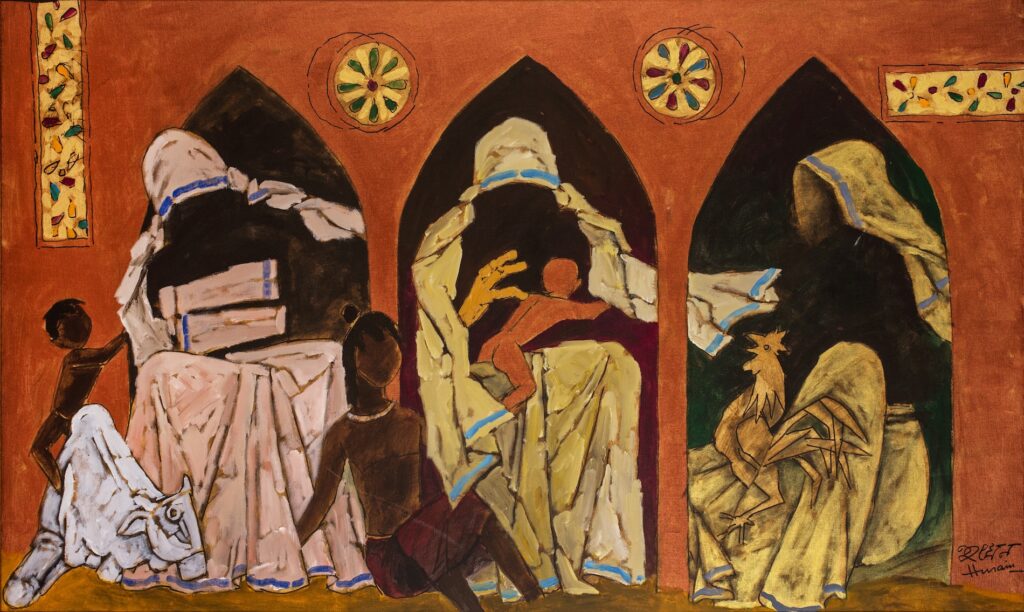
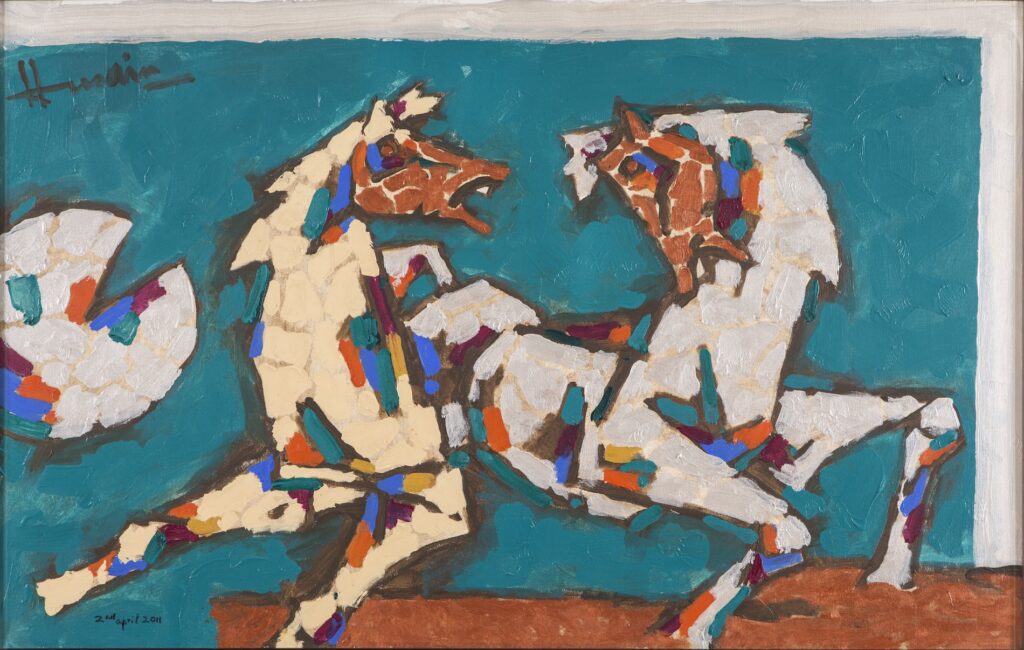
 For four days this May, between the 10th and the 14th to be precise, there will be yet another splendid auction of South Asian Art hosted by the ARTIANA auction house from Dubai. A total of 60 lots will be featured in
For four days this May, between the 10th and the 14th to be precise, there will be yet another splendid auction of South Asian Art hosted by the ARTIANA auction house from Dubai. A total of 60 lots will be featured in 




